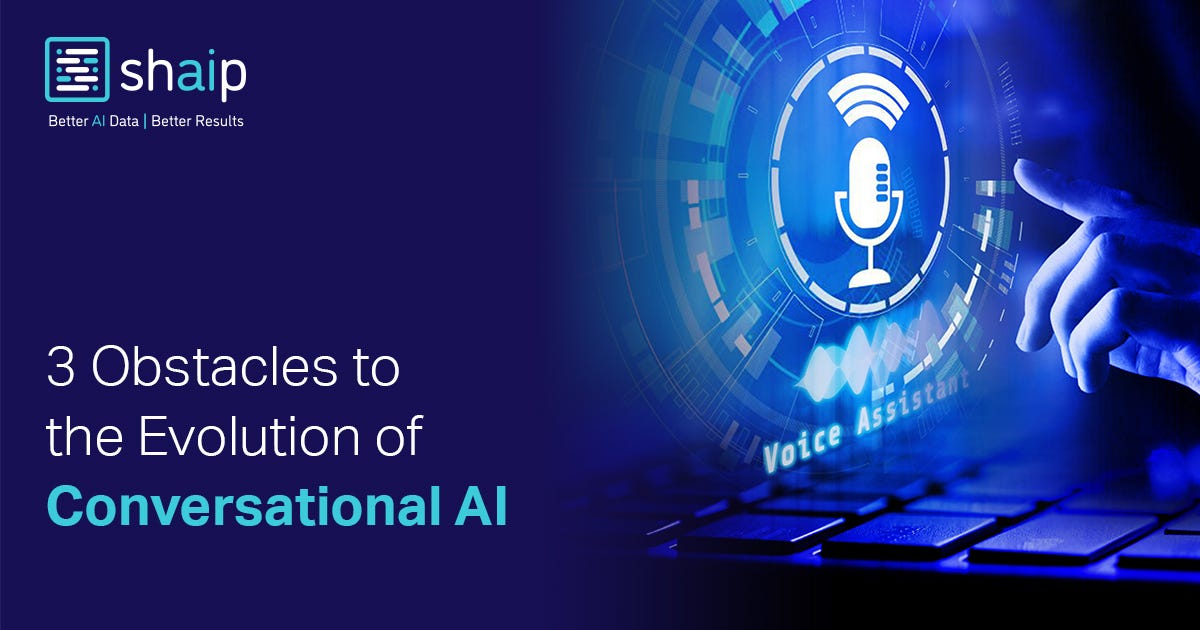
Thanks to ongoing advancements in the fields of artificial intelligence and machine learning, computers can perform a growing number of cognitive tasks. As a result, businesses are able to rely on machines for critical functions once thought impossible to automate. In particular, the rise of conversational AI platforms such as chatbots and virtual cognitive agents has given organizations in a wide range of industries the ability to improve customer support and HR activities — and these platforms are only getting smarter.
Interest in conversational AI skyrocketed in 2020, as did corporate investment in machine learning platforms. This was in large part due to the COVID-19 pandemic, which forced companies in nearly every sector to find ways to do more with less. The sudden spike in customer inquiries received by banks, retailers, and airlines, for instance, exposed the limitations of human customer-support teams and the urgent need for automated capabilities. Moreover, the pandemic has altered our expectations as consumers, increasing the demand for digital-first customer experiences.
A Salesforce survey conducted prior to the pandemic revealed that 62% of consumers were open to businesses incorporating AI into customer interactions. That percentage has likely increased, as have the capabilities of AI platforms. In order for conversational AI to truly become ubiquitous as a customer engagement tool, however, a few obstacles must still be overcome:
1.Detecting emotions. For starters, most platforms are still relatively unsophisticated when it comes to detecting emotions. Human communication depends as much on emotion as it does on language, and a change in tone could completely alter the meaning of spoken or written dialogue. In order to train computers to detect subtle contextual cues, product teams need troves of data containing many different human voices. Finding all that data is no small challenge.
1. How Conversational AI can Automate Customer Service
2. Automated vs Live Chats: What will the Future of Customer Service Look Like?
3. Chatbots As Medical Assistants In COVID-19 Pandemic
4. Chatbot Vs. Intelligent Virtual Assistant — What’s the difference & Why Care?
2. Learning new languages. Most of the world’s population doesn’t speak English. Global organizations that hope to use conversational AI to interact with customers outside the United States would need platforms that understand not only different languages, but also various regional dialects and cultural differences. Again, this would require large amounts of multilingual speech and audio data from diverse communities and a wide range of situations (e.g., TED Talks, debates, phone conversations, monologues, etc.), and that data would need to cover a variety of topics.
3. Identifying the right voice. Training AI to detect a single speaker among a multitude of voices is another challenge, one that’s likely familiar to anyone with an in-home smart speaker such as Google Home or Amazon’s Alexa. In a crowded living room, these platforms might respond to commands not intended for them or might be unable to distinguish commands over multiple conversations. This usually creates minor frustration and perhaps some comic relief, but when business transactions involving sensitive customer data are being conducted via voice commands, it’s imperative that the AI doesn’t confuse user accounts.
Despite these obstacles, conversational AI holds immense potential for businesses of all kinds. Shaip is here to help you unlock that potential, and it all starts with data. We can provide product teams with hours of transcribed, annotated audio data in more than 50 languages. Using our proprietary data-acquisition app, we’re able to streamline the distribution of data-collection tasks to global teams of experienced data collectors. The app interface allows data collection and annotation service providers to easily view their assigned collection tasks, review detailed project guidelines including samples, and swiftly submit and upload data for approval by project auditors.
Used in conjunction with the ShaipCloud Platform, our app is just one of many tools that equip us to source, transcribe, and annotate data at virtually any scale needed to train sophisticated algorithms for use in real-world customer interactions. Want to learn what else makes us the leaders in conversational AI? Get in touch, and let’s get your AI talking.
from
https://fatsfixedassettracking.com/3-obstacles-to-the-evolution-of-conversational-ai-by-shaip-jun-2021/2377/

No comments:
Post a Comment